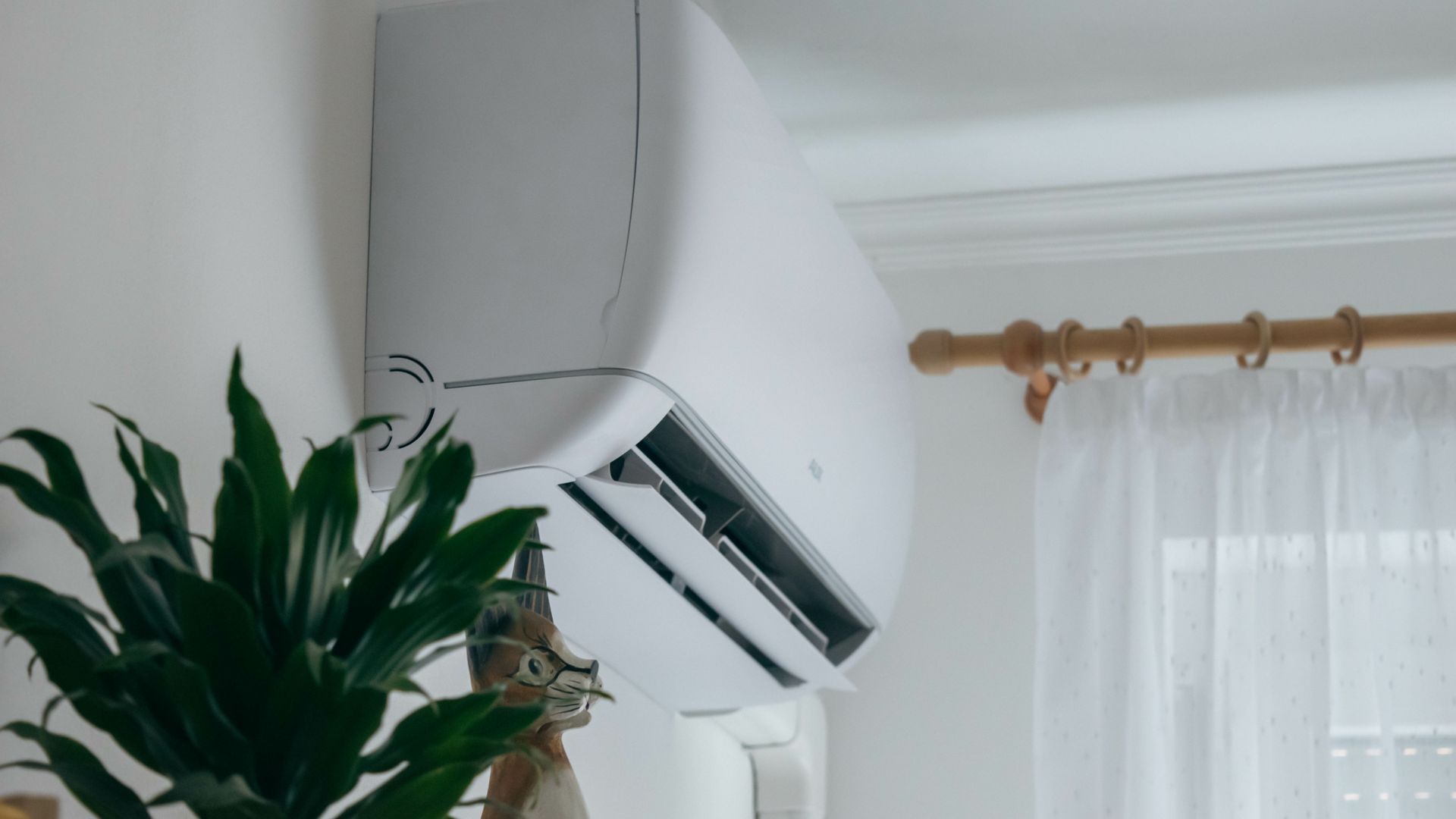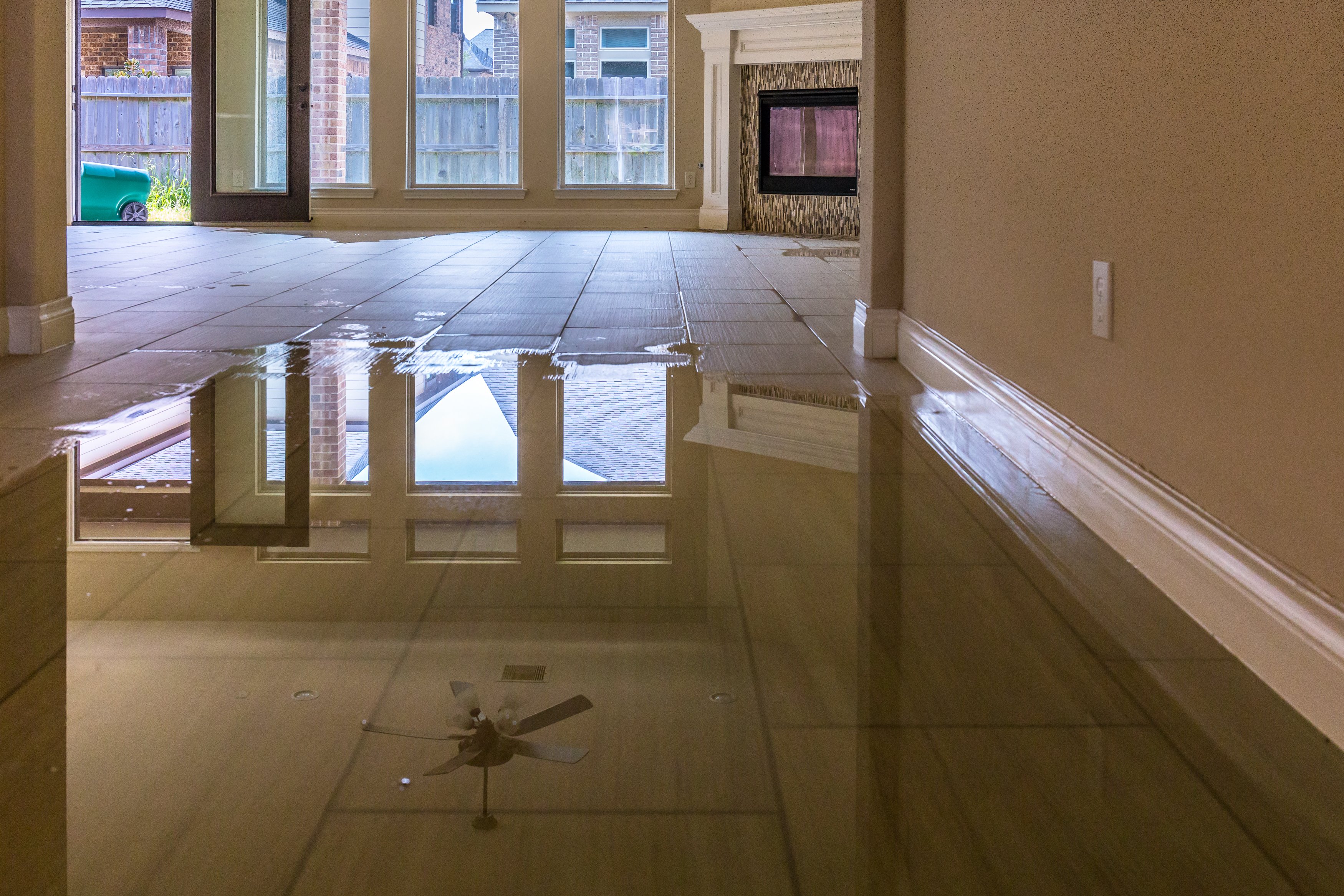To find the source of a water leak in the basement ceiling, check the area above the leak for wetness, as leaks often start high and move downward. Look for signs of water damage and inspect any cracks in the foundation outside the home.
Additionally, consider checking for evidence of bugs near the water seepage source. Stained or damp areas behind furniture, appliances, baseboards, and beams may help pinpoint the source.

Credit: www.jacksonplumbingheatingandcooling.com
Identifying The Leak
To find the source of a water leak in your basement ceiling, check the areas above the leak, such as the roof, to see if it’s wet. Underside leaks often start high and move downward. Inspect visible parts of the foundation above ground for cracks, as they’re a common water source in poured concrete basements.
Look for wet spots and listen for running water to help locate the leak.
When you notice water leaking from your basement ceiling, it’s crucial to quickly identify the source of the leak to prevent further damage. By following these steps, you can effectively find the cause and address the issue:
Checking Areas Above The Leak
Start by examining the area directly above the leak. Inspect the underside for any signs of moisture if it is a roof. Underside leaks often begin at a higher point and gradually move downward, so identifying the beginning of the leak’s path can help pinpoint the location.
Inspecting Visible Foundation For Cracks
Next, focus your attention on your home’s visible foundation. Look for any visible cracks or gaps that could be potential entry points for water. Take note of where the water first appeared to guide your inspection. If there are any cracks, it’s essential to address them promptly to prevent further water damage.
Looking For Evidence Of Bugs
In addition to cracks, it’s important to check for any signs of bugs or insects near the leak. Bugs can often find their way into homes through small openings, and their presence near the leak could also indicate a potential entry point for water. Keep an eye out for trails of insects or any indication of their presence.
Identifying the source of a water leak in your basement ceiling is the first step toward resolving the issue. By checking areas above the leak, inspecting the visible foundation for cracks, and looking for evidence of bugs, you can gather valuable information to help you address the problem effectively.

Credit: www.candsins.com
Troubleshooting And Repair
If you’ve noticed water damage in your basement ceiling, it’s important to troubleshoot and repair the issue as soon as possible. Ignoring a water leak can lead to further damage and compromise your home’s structural integrity. In this section, we will explore the causes of basement ceiling leaks, the common signs of water damage, and methods for finding the source of the leak.
Causes Of Basement Ceiling Leaks
Understanding the underlying causes of basement ceiling leaks is crucial in determining the appropriate repair method. Here are some common culprits:
- Cracks in the foundation: Poured concrete basements are prone to developing non-structural wall cracks, allowing water to seep.
- Leaking pipes and appliances: Water leakage can result from pipe leaks or malfunctioning appliances such as washing machines or dishwashers.
- Poor exterior water drainage: Improperly graded or clogged gutters can lead to water pooling near the foundation and finding its way into the basement.
- Improper window seals: If the seals around basement windows are worn out or damaged, water can penetrate and cause leaks.
Common Signs Of Water Damage
Identifying the signs of water damage can help you pinpoint the source of the leak in your basement ceiling. Look out for these indicators:
- Water stains or discoloration on the ceiling: Dark patches or discoloration on your basement ceiling can indicate a water leak.
- Puddles or pooling water: If you notice standing water or puddles in your basement, it’s a clear sign that there’s a source of water leakage.
- Musty odor: A musty or damp smell in your basement is often a sign of excessive moisture and water damage.
- Peeling paint or wallpaper: Moisture can cause paint or wallpaper to bubble, crack, or peel in areas affected by water leaks.
- Visible mold or mildew: Mold and mildew thrive in damp environments, so the presence of these organisms can indicate water damage.
Methods For Finding The Source Of The Leak
Once you’ve recognized the signs of water damage, it’s time to find the source of the leak in your basement ceiling. Here are some methods you can use:
- Inspect the area above the leak: If the area above the leak is a roof, check if the underside is wet. Roof leaks often start high and move downward, so identifying the beginning point of the leak’s path can help trace its source.
- Look for visible cracks or gaps: Examine the visible parts of your home’s foundation above ground to spot any cracks or gaps that may allow water to seep into the basement.
- Check plumbing fixtures and appliances: Inspect pipes, drains, sinks, and appliances in your basement for any signs of leakage or malfunction.
- Test window seals: Check the condition of the seals around basement windows and ensure they are intact. Damaged seals can permit water to enter the basement.
- Use water tracing methods: If the source of the leak isn’t immediately apparent, you can employ water tracing techniques such as introducing colored dye or using infrared cameras to track the path of water flow.
Identifying the source of the water leak in your basement ceiling is the first step toward effective repair. Once you’ve determined the cause, you can proceed with appropriate repair measures or contact a professional to help resolve the issue and prevent further damage to your home.

Credit: www.homedepot.com
Frequently Asked Questions For How To Find Source Of Water Leak In Basement Ceiling
How Do I Find Out Where A Ceiling Leak Is Coming From?
To find the source of a ceiling leak, check the area above the leak to see if the roof is wet. Leaks usually start high and move downward. If the roof leaks, the leak may be located at the beginning of the leak’s path.
Look for wet spots and evidence of bugs to identify the water seepage source.
Why Is My Basement Leaking Water From The Ceiling?
The most common cause of a leaking basement ceiling is water damage from various issues, such as pipe or appliance leaks, improper window seals, poor water drainage, or accidental spills. To find the source of the leak, check for visible cracks in the foundation above ground, look for wet spots and listen for running water.
Additionally, inspect for evidence of bugs or stains that may lead you to the water seepage source.
How Do I Find The Source Of A Leak In My Basement?
To find the source of a leak in your basement, start by checking for any visible cracks in the foundation. Take note of where the water is first spotted and inspect the corresponding area outside the home.
Look for wet spots, listen for running water, and search for evidence of bugs near baseboards and beams.
How Can You Tell Where A Water Leak Is Coming From?
To find a water leak, check the areas above the leak and see if the roof is wet. Look for damp spots in pipes or sprinkler systems, drop a dye tablet in the toilet tank, and listen to running water.
Additionally, look for evidence of bugs and stained or damaged areas to narrow down the source.
Conclusion
Finding the source of a water leak in the basement ceiling can be challenging. However, by inspecting the areas above the leak, checking for wet spots, and looking for signs of water damage, you can narrow down the potential causes.
Additionally, listening to running water and examining areas for evidence of bugs or staining can also help pinpoint the source of the leak. Remember to consult professionals to accurately identify and repair the issue to prevent further damage.

